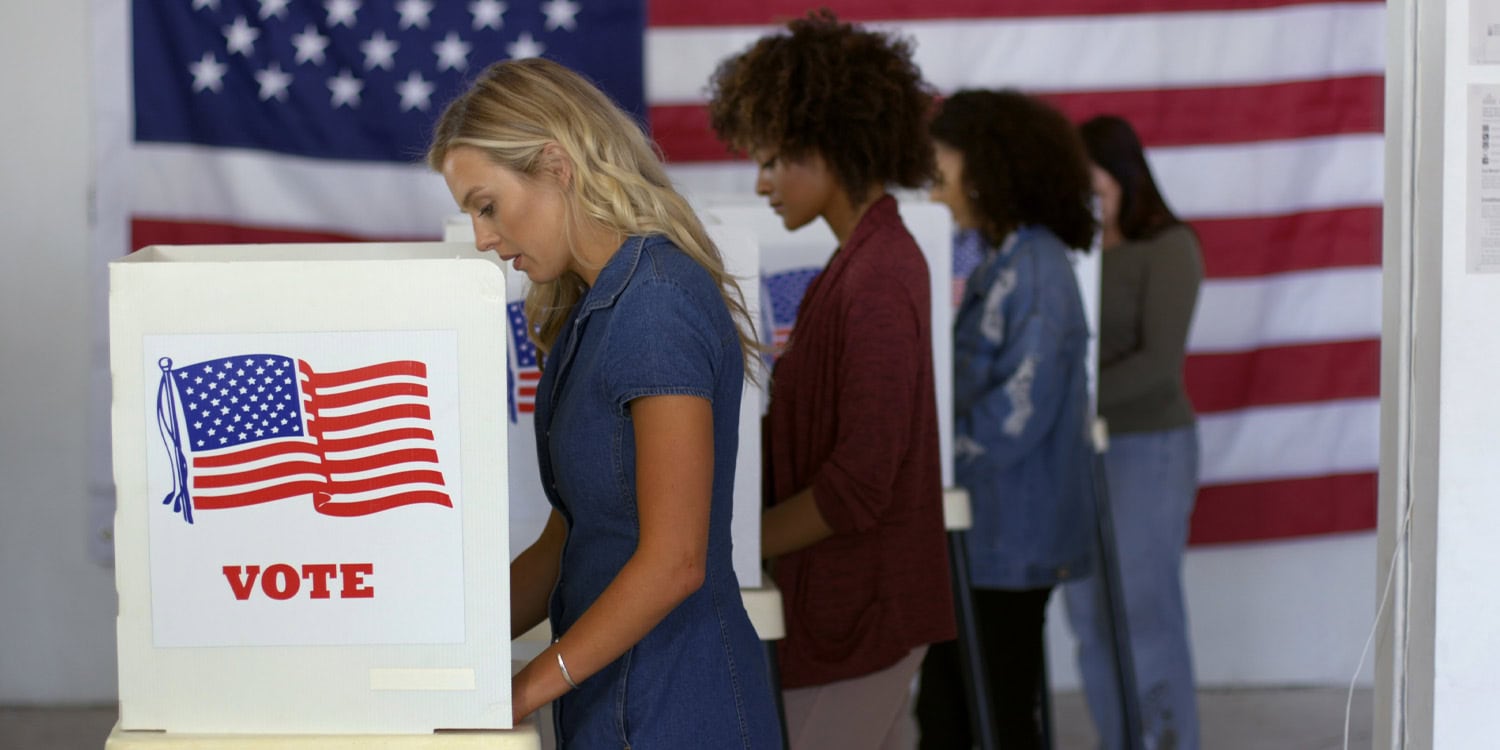A recent study published in the journal Political Behavior examines how social media influences voters’ information-gathering behaviors and decision quality, particularly in an environment where misinformation can spread. The researchers found that while social media platforms can enhance informed voting when posts are factually moderated, misinformation reduces the quality of group decision-making and increases the resources voters spend to stay informed. This effect of misinformation was evident even though participants were often still individually informed, suggesting that misinformation distorts decision quality at a group level.
The study aimed to understand the complex role of social media in democratic elections. In recent elections, the United States has witnessed growing concerns about the impact of social media, not only as an information-sharing tool but also as a possible source of misinformation that could influence public opinion and voting decisions.
Past research has shown that people tend to engage more with information that aligns with their existing beliefs, which can reinforce partisan views and further entrench misinformation. Recognizing the lack of experimental studies on this issue, the researchers set out to examine how access to accurate or misleading content on social media platforms might impact voters’ collective decision quality.
The researchers used a laboratory experiment to simulate how social media influences voting decisions, with a focus on the effects of misinformation. Participants were grouped into small voting populations, each tasked with selecting one of two possible outcomes in several rounds of simulated elections. In each round, one of the two outcomes was designated as “correct,” and participants received a financial reward if they chose the correct outcome.
Additionally, each participant had a unique partisan preference, which created a personal bias toward one of the outcomes, simulating real-world political biases. This design allowed researchers to examine how individual biases and social media interactions affect group decision-making.
Before casting their votes, participants could purchase information about the correct outcome. Each piece of information had a cost, with accuracy improving as participants invested more. This decision mirrored real-life choices where voters often incur time or financial costs to seek information.
The experiment included three main conditions to assess how different levels of information sharing and misinformation influence voting decisions. In the first condition, there was no social media platform available, and participants could not share information; they made their decisions individually. In the second condition, participants could share information on a social media platform, but only accurate information was allowed—moderation ensured that no misinformation could be posted. In the third condition, participants had access to a social media platform where they could post any information, including misinformation.
To further simulate real social media dynamics, participants could choose whom to follow in each round, enabling them to view only posts from specific group members. This feature allowed the researchers to observe patterns in information sharing and engagement, particularly when misinformation was present.
The results showed that access to a moderated social media platform where only accurate information could be shared improved voting accuracy and group decision-making quality. In this condition, participants shared over 90% of the information they acquired, helping others make informed decisions. The introduction of accurate information-sharing on social media led participants to make better voting decisions that aligned more closely with the correct outcomes.
However, when misinformation was allowed, these positive effects disappeared. In the unmoderated social media scenario, participants shared only about half of the information they acquired accurately. Misinformation reduced the overall quality of decision-making, resulting in poorer voting outcomes and lower group payoffs.
Interestingly, the researchers noted that allowing misinformation did not mean that participants were uninformed; in fact, many purchased more information to help them navigate the misinformation environment. Despite this, the presence of misinformation distorted the quality of group decisions, indicating that an overload of information does not necessarily lead to better decisions.
Furthermore, the study showed that misinformation had a social impact on platform engagement. Participants were less likely to interact with others when misinformation was allowed, reducing connections on the social media platform. This finding suggests that misinformation can drive users to disengage from information-sharing platforms, which might, in turn, lower the quality of group decision-making overall.
This study is not without limitations. As a controlled experiment, it simplifies the complex reality of social media interactions in real-world elections. The artificial lab setting and the absence of real-world social cues mean that the results may not fully capture how misinformation affects voting behavior outside the lab. Future research could explore different forms of misinformation, including how different types of content affect voter perceptions and how users respond to fact-checking efforts.
The study, “Social Media, (Mis)information, and Voting Decisions,” was authored by Prithvijit Mukherjee, John Antonio Pascarella, Lucas Rentschler, and Randy Simmons.




